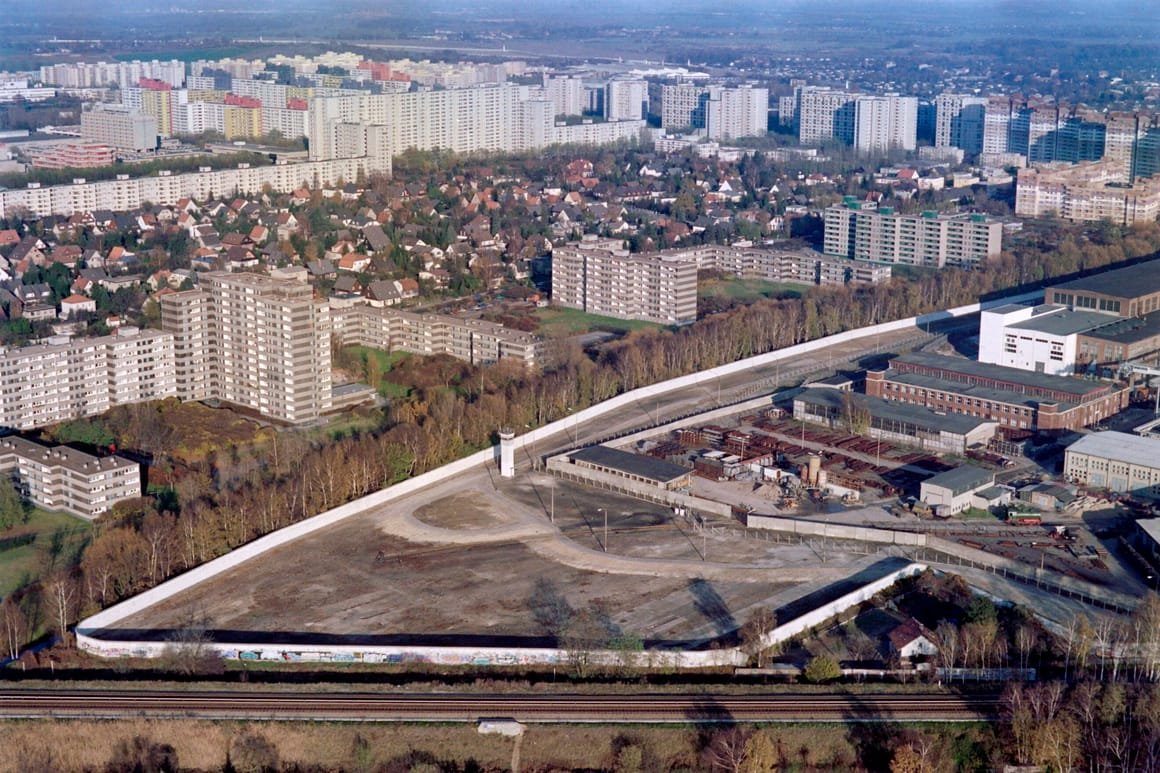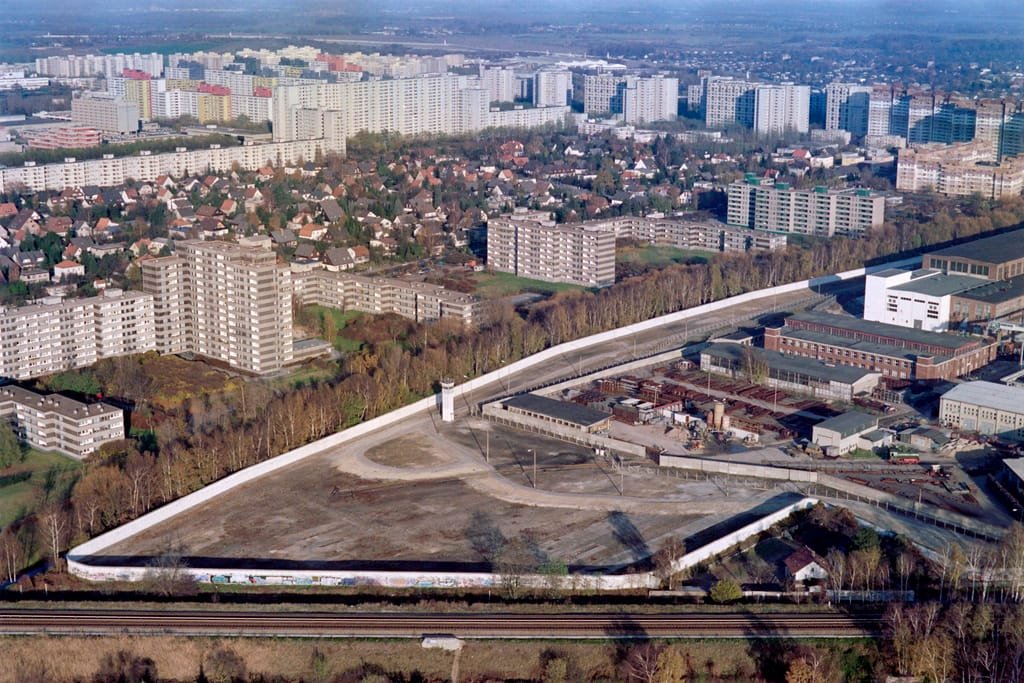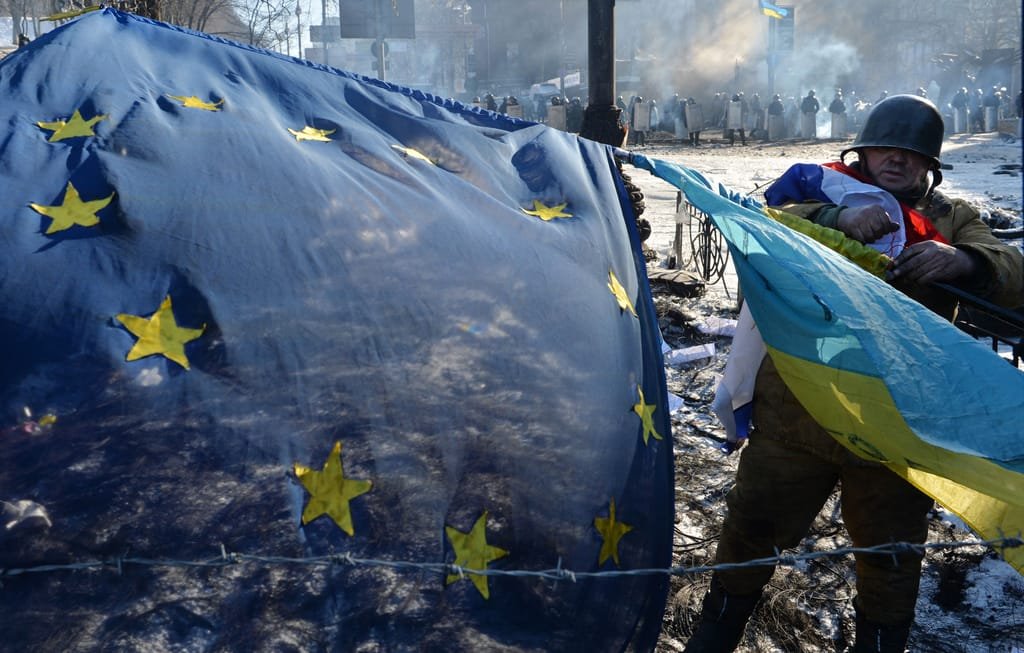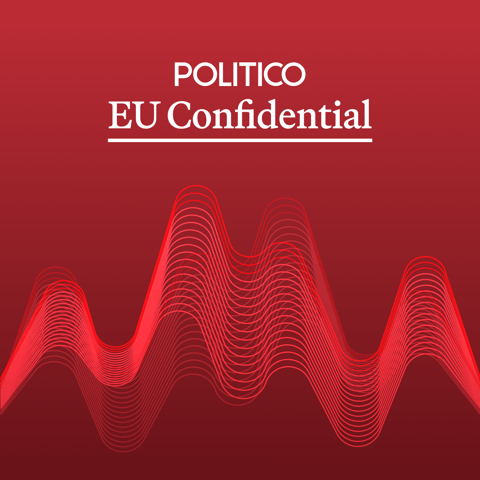How Germany’s most electorally volatile region could shape the next Bundestag.

Despite making up less than one-fifth of the German population, eastern German voters are in particular focus ahead of the Feb. 23 election because of the strength of the far-right Alternative for Germany (AfD) party in the region.
Constituencies in Germany’s East have, since the fall of the Berlin Wall, been among the most volatile in the country, often changing hands from party to party. This changeability makes them especially significant battlegrounds, given that swathes of the South and the West of the country have consistently voted for the same party since the 1990s.
In fact, with the exception of the 2005 election (which was so close that both Angela Merkel of the Christian Democratic Union (CDU) and Gerhard Schröder of the Social Democratic Party (SPD) claimed victory when the exit polls came in), eastern Germany has played a key role in electing every chancellor since reunification.
Historical divides
The division between Germany’s East and West did not disappear with the fall of the Berlin Wall in 1989. An invisible “wall” still runs across the country when key demographic indicators are mapped.
The mainstream parties that have long dominated politics in the West, like the SPD and CDU, are less deeply rooted in the former East Germany due to its communist past. This leaves the playing field more open for upstarts like the AfD on the right extreme of the spectrum, but also for far-left parties such as Die Linke, or the Left Party.
Some researchers attribute eastern Germany’s voting habits to persisting demographic and economic differences: A version of the “it’s the economy, stupid” argument has frequently been used to explain eastern German discontent with status quo parties. Additionally, resentment over the lack of representation for the states of the former East Germany in top positions in government and society persists, according to recent research.
Surveys also suggest sympathy for the Kremlin is more widespread in the East, helping to explain why parties with Russia-friendly positions on both extremes of the political spectrum do disproportionately well there.
Controversially, some politicians, such as CDU lawmaker Marco Wanderwitz, have pointed to the former East Germany’s recent experience of dictatorship as a reason for the strong AfD support. In 2021 his comment that former East Germans were “partially socialized by dictatorship in such a way that they have not reached democracy” upset many voters.
In addition to AfD and the Left Party, the newly formed leftist-populist Sahra Wagenknecht Alliance (BSW), whose leader split away from the Left Party, found success in eastern Germany during the European election last year and in recent state elections.
Political scientist Martin Elff characterizes BSW’s platform as a “unique combinationof ideological elements … combining traditional left-wing positions regarding the economy and the welfare state with an unambiguous opposition to immigration.”
Despite the overlap in the platforms of the AfD and BSW, Elff notes that the AfD’s support appears surprisingly resilient: “If you look at the development of the vote intention shares in the opinion polls, you see that the rise of BSW is not accompanied by a decline in the vote intention shares for the AfD.”
With the AfD set to win big in the East, it is feared that the sense of isolation among eastern voters could deepen.
Assuming that fewer eastern German CDU candidates are elected due to AfD gains, eastern representation in the new coalition government — which is likely to be led by conservatives — will probably decline. Joachim Behnke, professor of political science at Zeppelin University, warned: “This is a problem because the people in the eastern states will feel they are not represented.”
Hanne Cokelaere contributed reporting.





